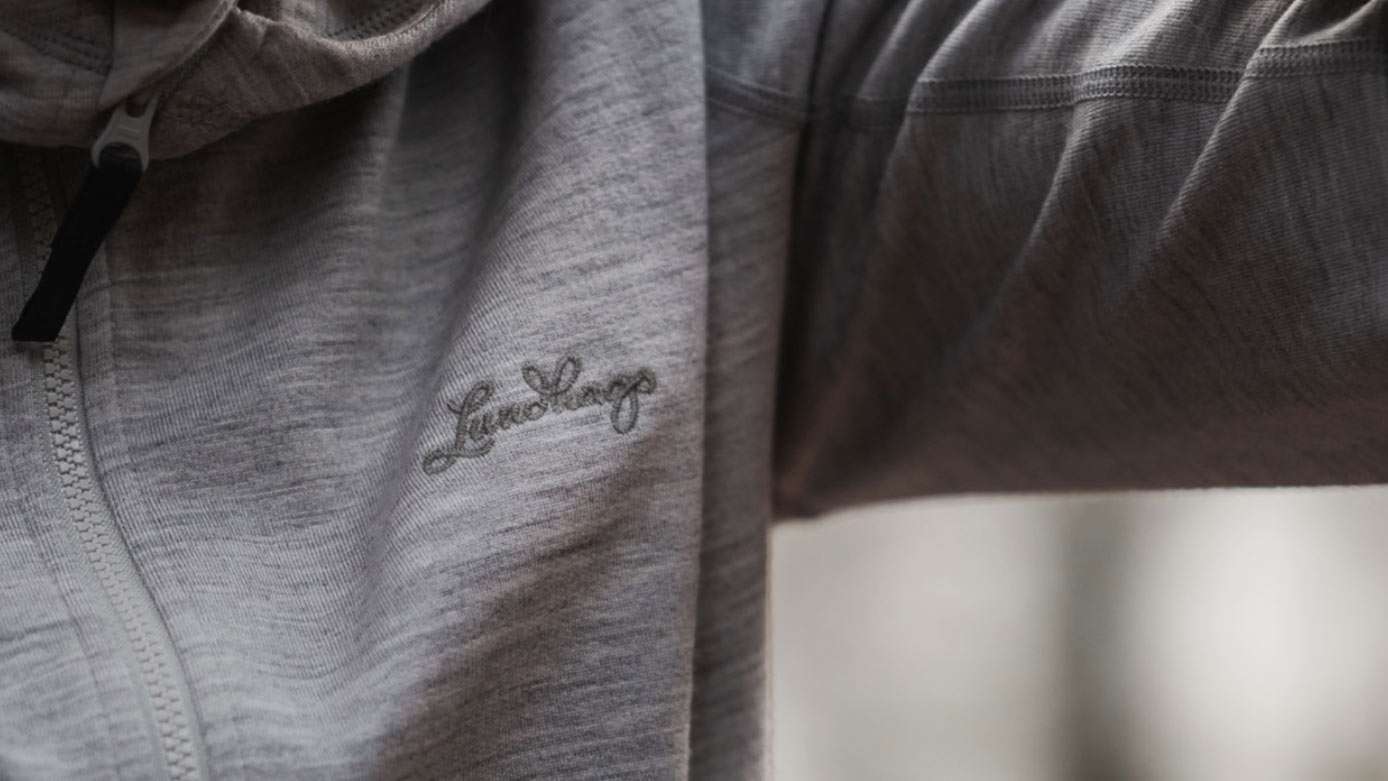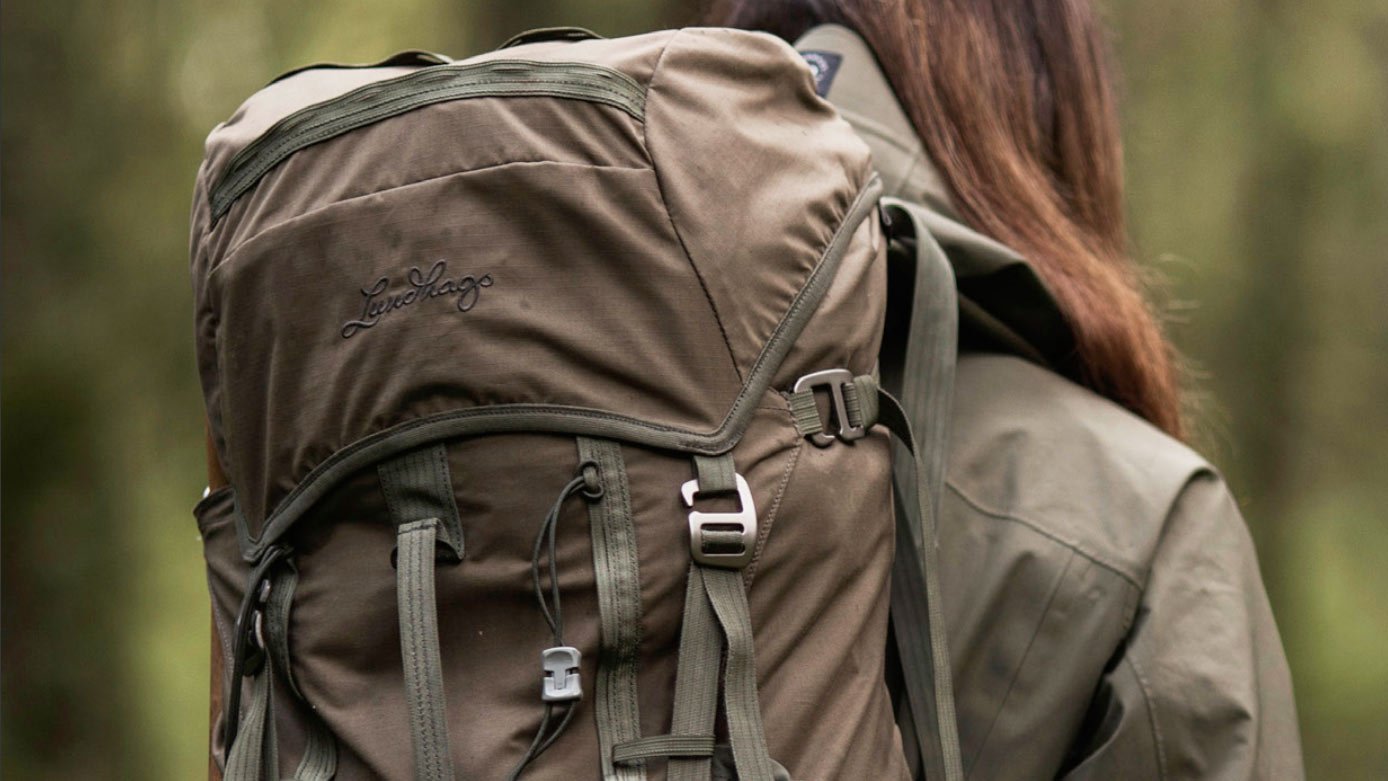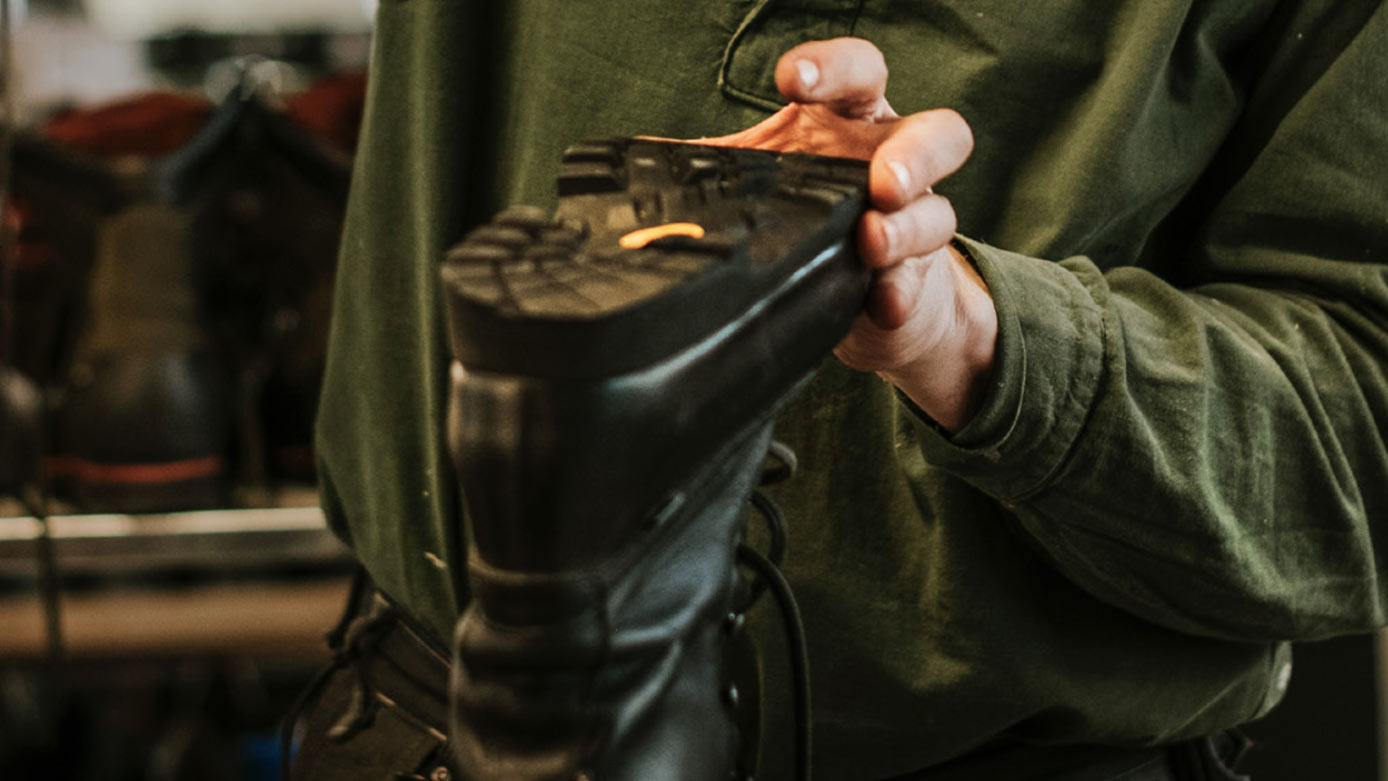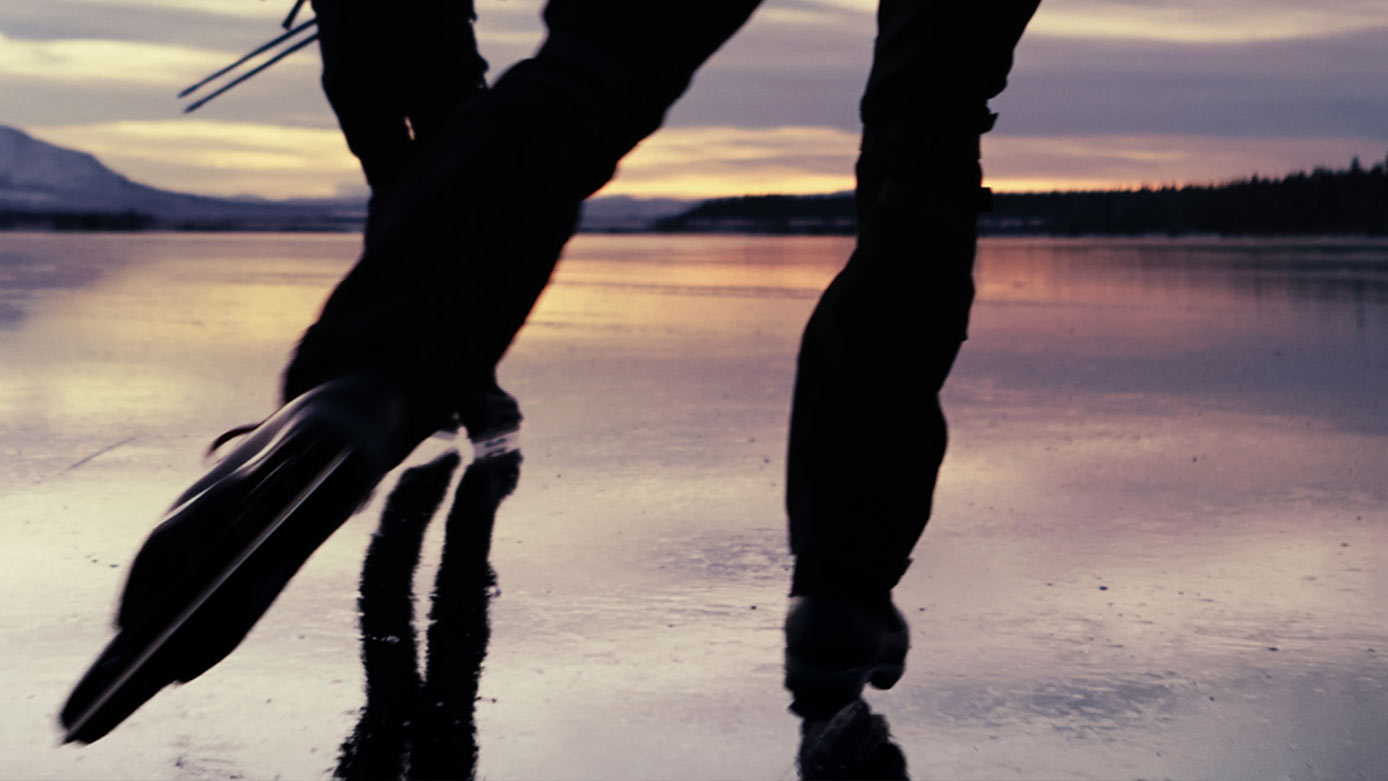SUSTAINABILITY FROM RAW MATERIALS TO END PRODUCT
How will we live up to our sustainability goals? We want to be transparent about how far we have come and what is still left to do. Since our product categories differ in terms of the type of materials, production methods and country of manufacture, we have chosen to analyze them separately.
CLOTHING
All our clothes are entirely free from fluorocarbons and silver ions and we use organically cultivated cotton. Most of our garments are sewn in Vietnam and are shipped to warehouses in Norway. We will also monitor our plastic packaging. We are constantly working on reducing our use of plastic and when we use plastic it must come from recycled materials.
Challenges:
• We must reduce our water usage.
• For example, cotton is being cultivated at the expense of natural habitats.
• Chemicals are used to color and improve garments’ functionality.
• It is difficult to recycle fabric blends, for example polyester-cotton mixes which are our main material.
WOOLEN CLOTHING
Wool is an organic material that is biodegradable. All our wool is mulesing-free, and wool garments are sewn in China and shipped to Norway. Our focus right now is on improving traceability and ensuring animal husbandry standards.
Challenges:
-
Animal husbandry – sheep require large areas of land and this risks displacing natural habitats.
-
We must reduce our use of chemicals.
-
We must reduce our water usage.
-
Traceability must improve

BACKPACKS
Our backpacks stand-up to very hard wear and, to a large extent, repairable. They are made in Vietnam. Right now o focus is on sharing knowledge about how to best use our backpacks, how to pack them correctly and repair them if they get damaged so they can last as long as possible. We will also be looking into materials and transport issues.
Challenges:
• We must reduce our water usage.
• We must reduce our use of chemicals.
• The fabrics are environmentally more harmful than for clothes.

BOOTS
Our boots are made in Europe from European materials and we have short transport routes. The leather comes from the German tannery Heinen which is a world leader in environ- mental issues and chrome-tans the leather in closed systems. Every part of our boots can be removed and replaced if it has worn out or been damaged. However, we can improve the way we give tips and information on how you can look after your boots and repair them so they last even longer.
Challenges:
• Animal husbandry – animals require large areas and a lot of water.
• A lot of water and chemicals are also needed to process the leather.

LONG-DISTANCE ICE SKATES
Our long-distance ice skates are made in Sweden which means transport links are short. The skates are made from recycled and recyclable metals and can be dismantled and thereby recycled. The bindings are made from plastic and can be moved to a new skate. Our focus right now is on sharing knowledge about how users of our skates can look after their equipment so it lasts a long time and then hand it in for recycling when it can no longer be used. We want to inspire people.to use their equipment for as many different activities as possible – the skate-bag can be used for hiking etc.
Challenges:
• Sustainability for humans is important – a high level of understanding is needed to be safe on the ice.
